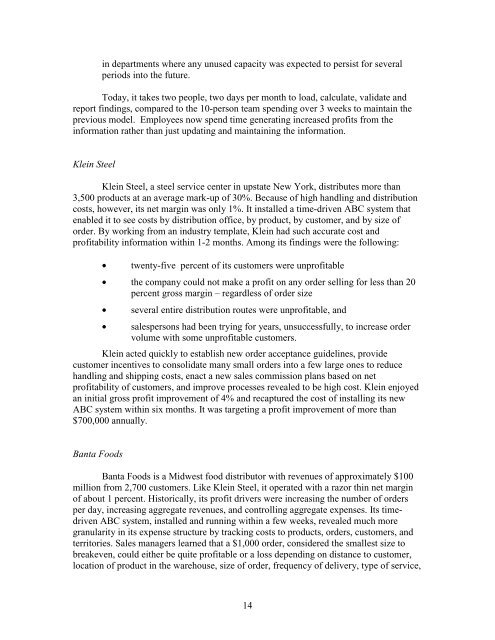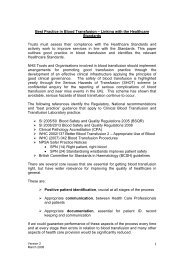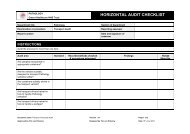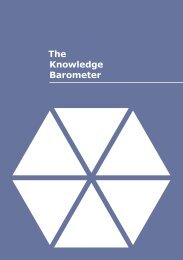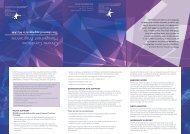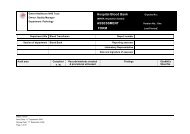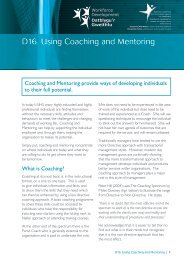Time-Driven Activity-Based Costing
Time-Driven Activity-Based Costing
Time-Driven Activity-Based Costing
You also want an ePaper? Increase the reach of your titles
YUMPU automatically turns print PDFs into web optimized ePapers that Google loves.
in departments where any unused capacity was expected to persist for severalperiods into the future.Today, it takes two people, two days per month to load, calculate, validate andreport findings, compared to the 10-person team spending over 3 weeks to maintain theprevious model. Employees now spend time generating increased profits from theinformation rather than just updating and maintaining the information.Klein SteelKlein Steel, a steel service center in upstate New York, distributes more than3,500 products at an average mark-up of 30%. Because of high handling and distributioncosts, however, its net margin was only 1%. It installed a time-driven ABC system thatenabled it to see costs by distribution office, by product, by customer, and by size oforder. By working from an industry template, Klein had such accurate cost andprofitability information within 1-2 months. Among its findings were the following:• twenty-five percent of its customers were unprofitable• the company could not make a profit on any order selling for less than 20percent gross margin – regardless of order size• several entire distribution routes were unprofitable, and• salespersons had been trying for years, unsuccessfully, to increase ordervolume with some unprofitable customers.Klein acted quickly to establish new order acceptance guidelines, providecustomer incentives to consolidate many small orders into a few large ones to reducehandling and shipping costs, enact a new sales commission plans based on netprofitability of customers, and improve processes revealed to be high cost. Klein enjoyedan initial gross profit improvement of 4% and recaptured the cost of installing its newABC system within six months. It was targeting a profit improvement of more than$700,000 annually.Banta FoodsBanta Foods is a Midwest food distributor with revenues of approximately $100million from 2,700 customers. Like Klein Steel, it operated with a razor thin net marginof about 1 percent. Historically, its profit drivers were increasing the number of ordersper day, increasing aggregate revenues, and controlling aggregate expenses. Its timedrivenABC system, installed and running within a few weeks, revealed much moregranularity in its expense structure by tracking costs to products, orders, customers, andterritories. Sales managers learned that a $1,000 order, considered the smallest size tobreakeven, could either be quite profitable or a loss depending on distance to customer,location of product in the warehouse, size of order, frequency of delivery, type of service,14


